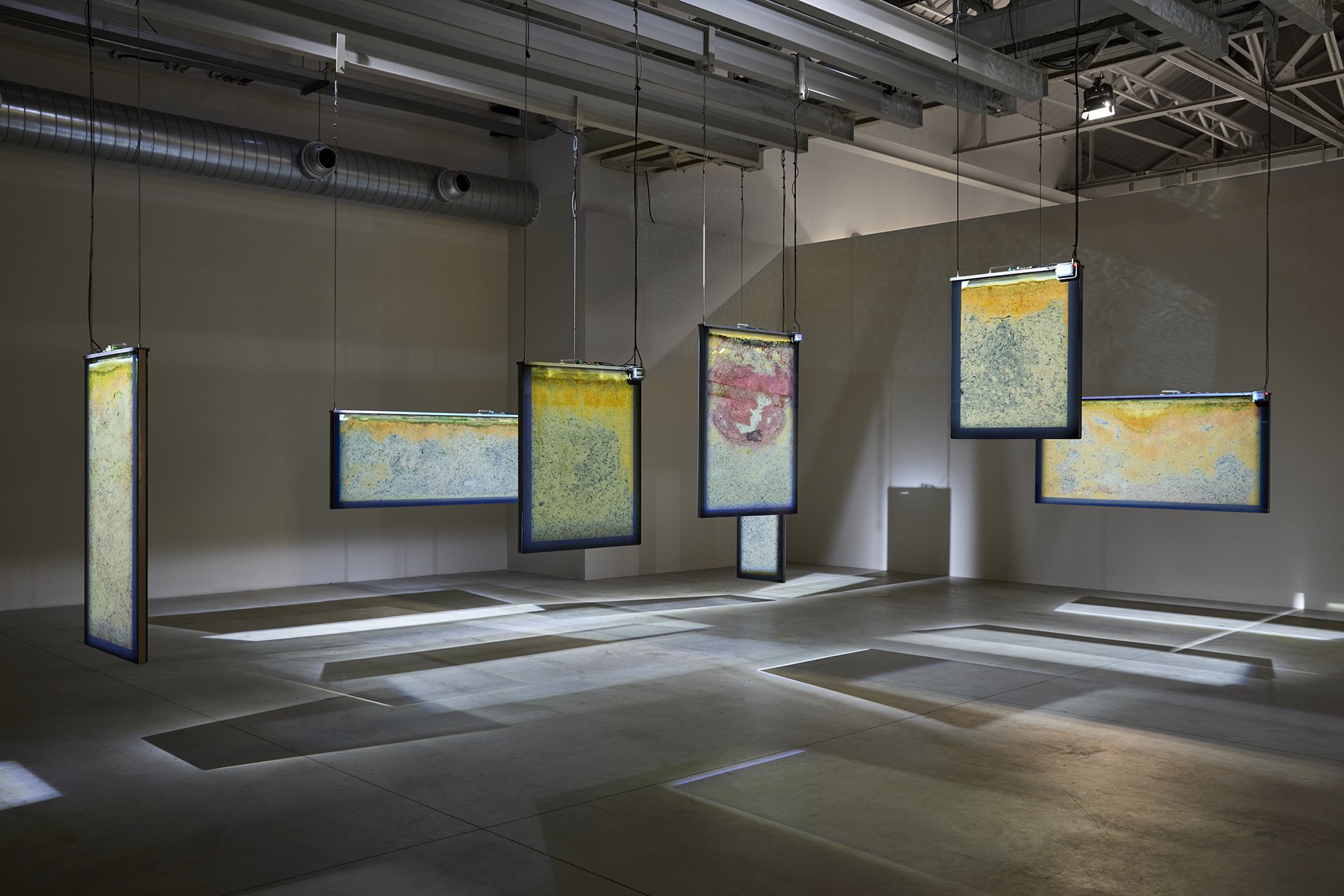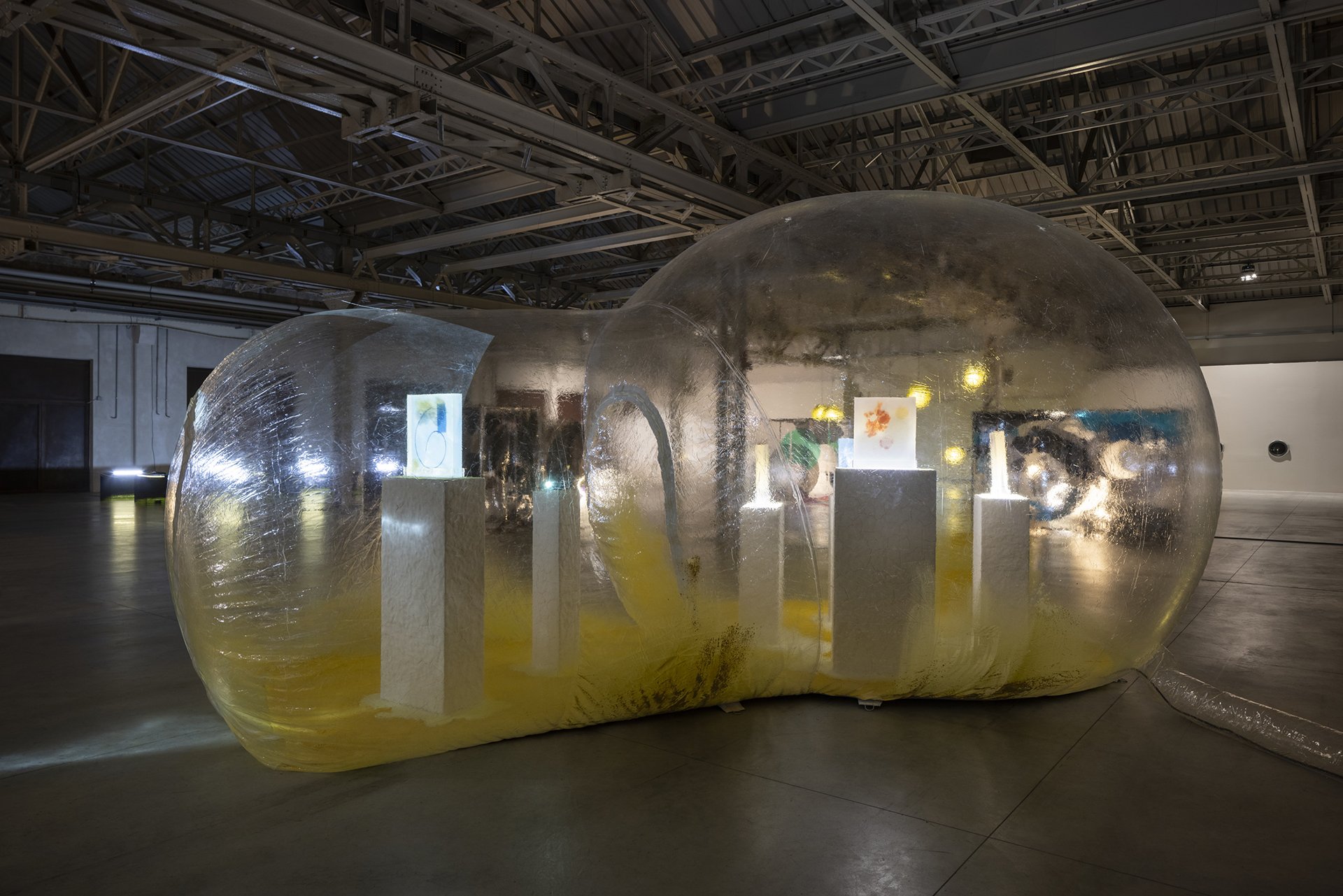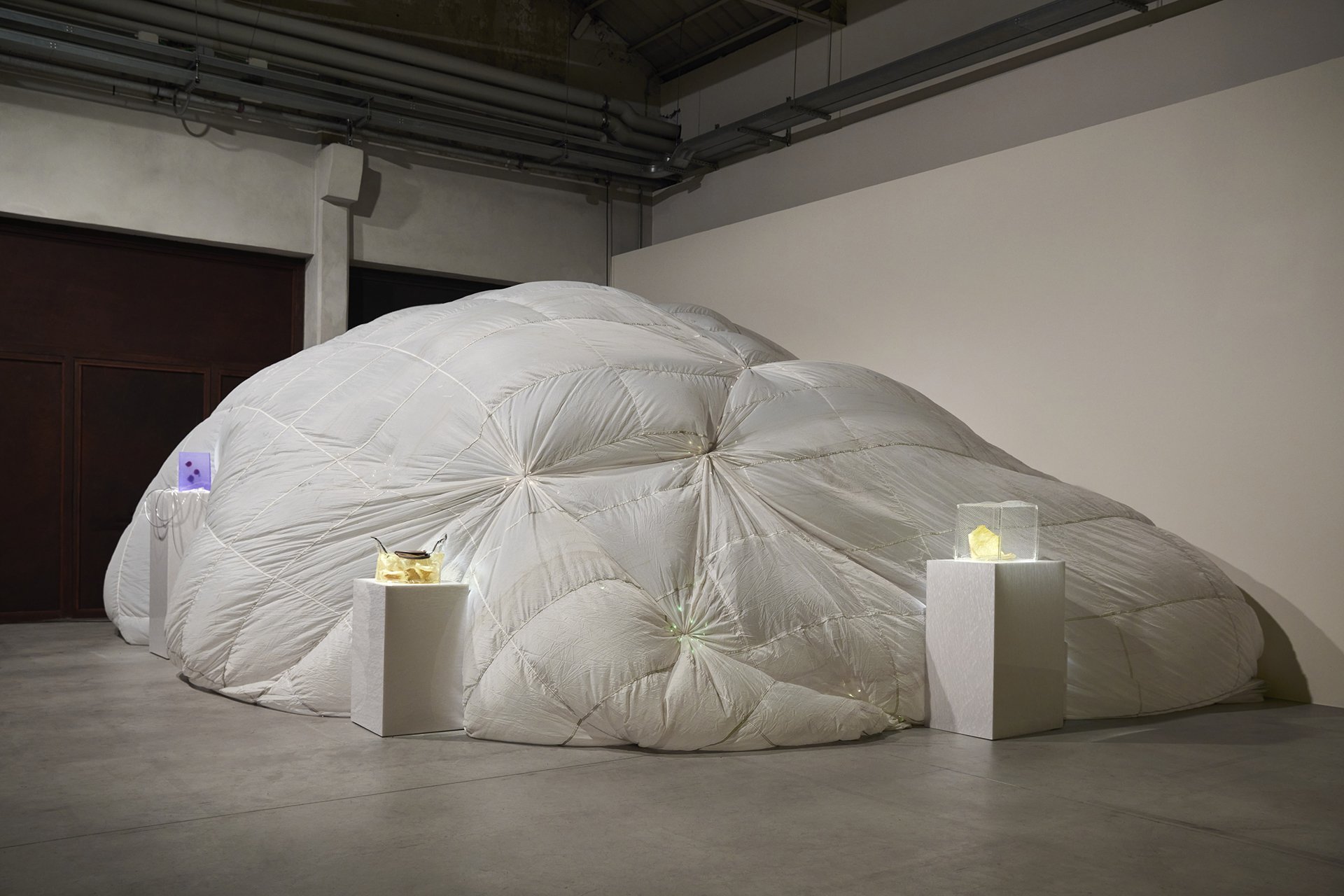Milan may not yet be comparable to the art scenes of Berlin, London, or New York, but in the past decade thanks to the growth of the international art fair MIArt, EXPO 2015, new international projects such as Fondazione Prada and many others, the city of Italian finance and banking is gently opening up to a vibrant art scene. Milan is becoming a unique blend of European and Italian culture.
As an amateur art lover, or simply a new entry in Milan, you may find yourself a little dazzled by the art scene of the city: lots of galleries, names of museums that you keep hearing, or cryptic and undecipherable advertising poster graphics.
It’s okay, you’re not the only one who wondered at least once whether Fondazione Prada was just a very fancy store, if Hangar Bicocca was a branch of the university, or what the fuck Triennale even is: an event every three years? No hun – little spoiler – it’s an actual institution. A very cool one for the matter.
No rush and no worries, if you stay updated with Keeping Up With Milano’s Art, you’ll slowly learn to orientate yourself through this art maze, understand where cool stuff goes on, which museums are able to inspire and stimulate critical dialogue, and which instead are just dusty graveyards displaying fossils of a begone time.
Keeping up with Milano’s art is indeed a monthly digestible format which offers a curated look into Milan’s contemporary (and not only) art scene, between artists studios, established institutions as well as non-profit hybrid art spaces or niche\emerging creative hubs.




